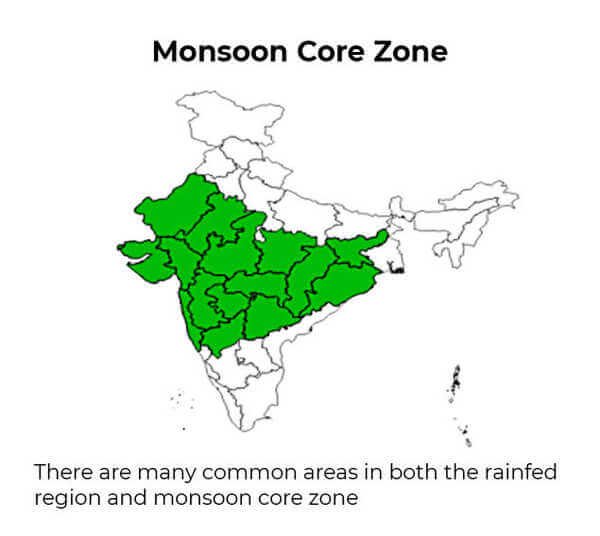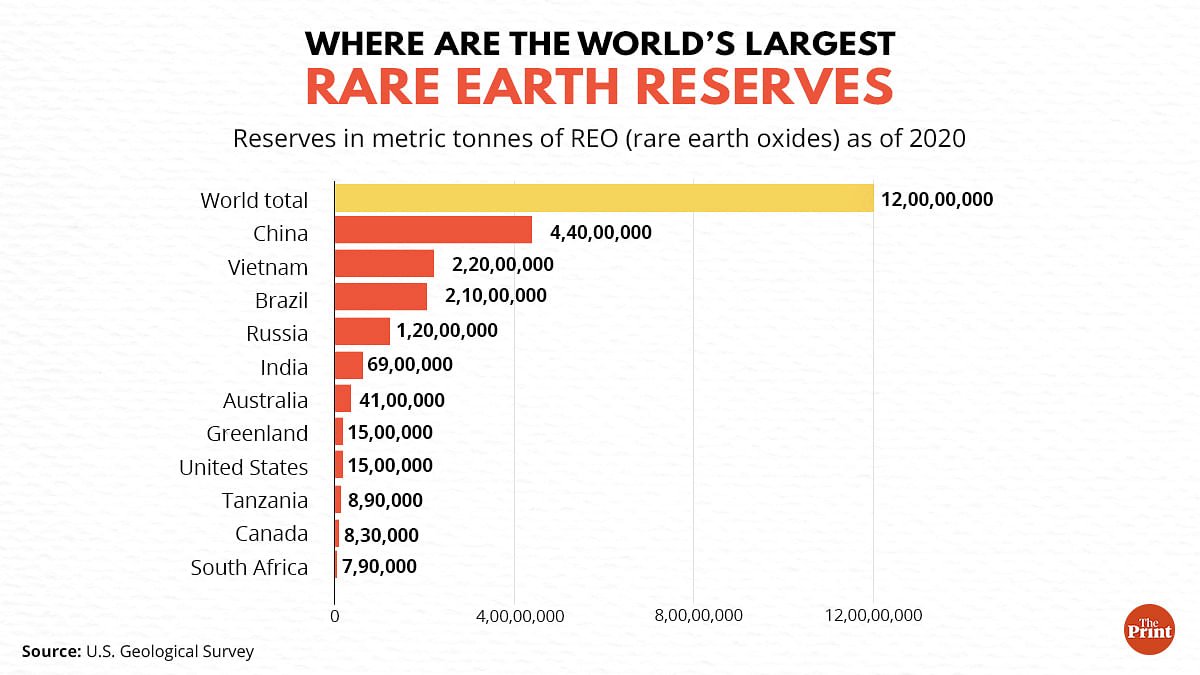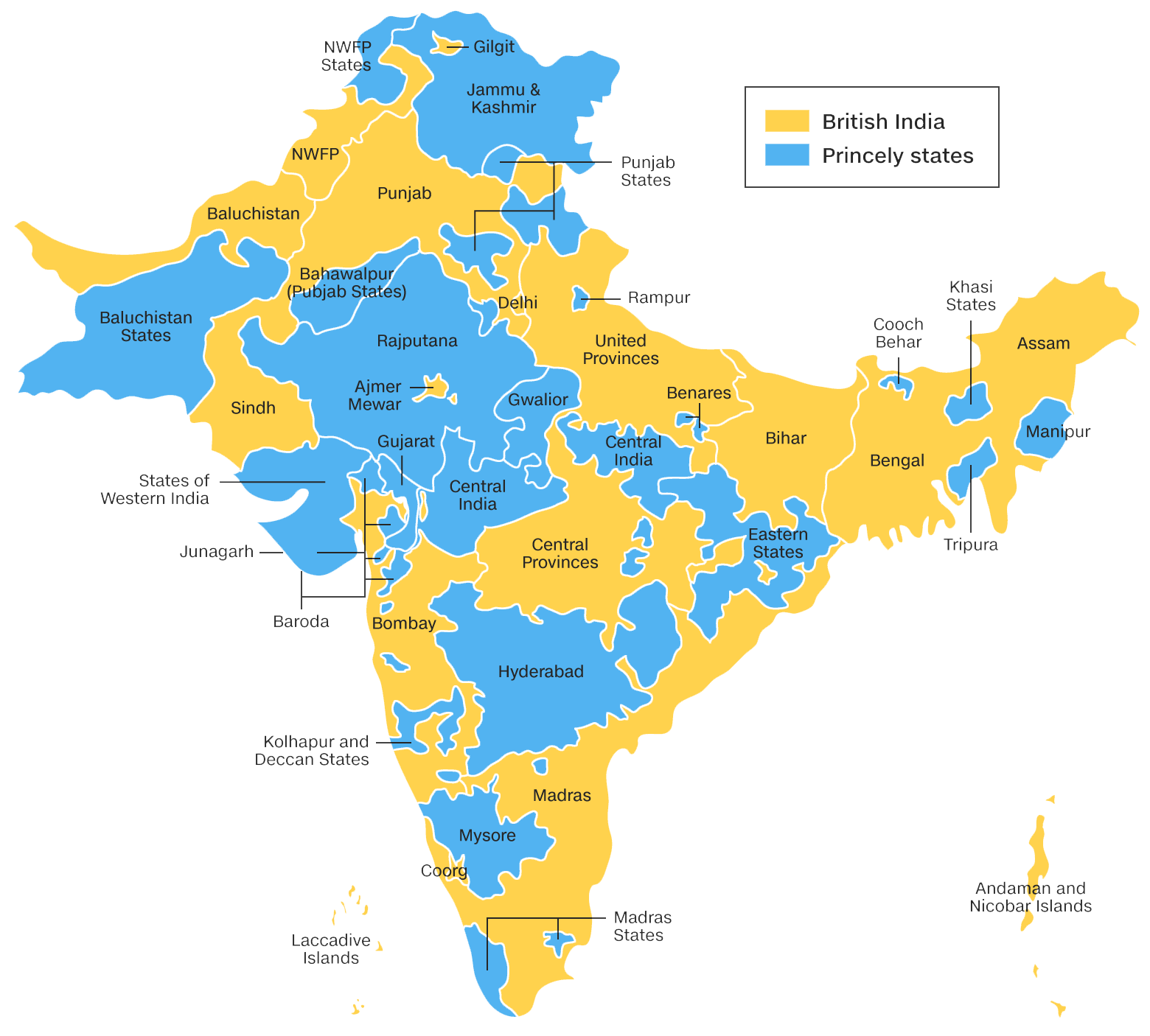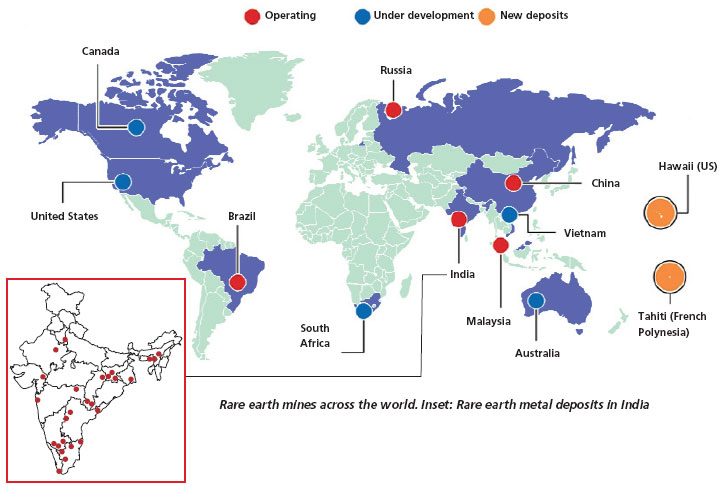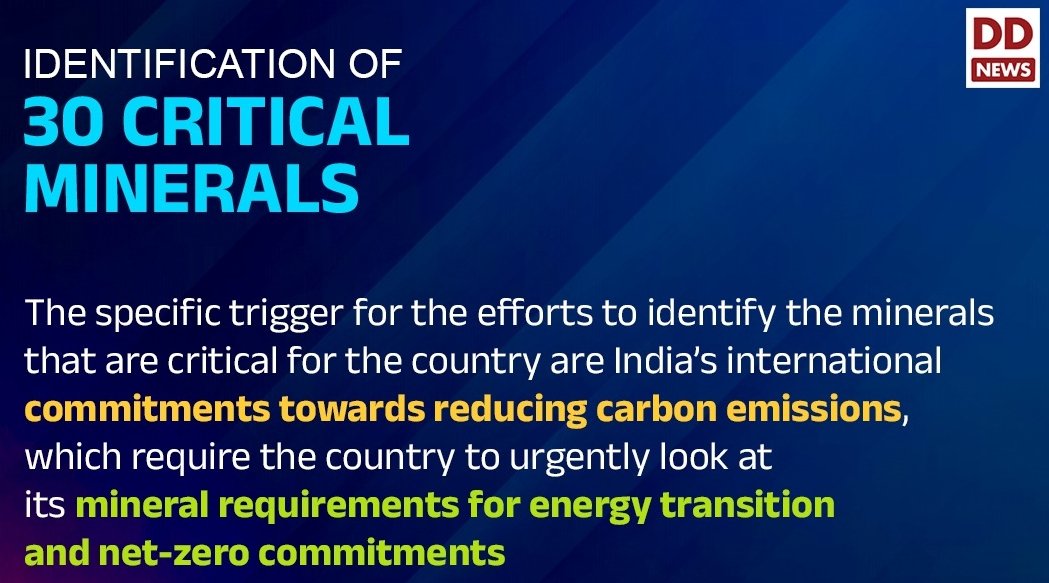
Antarctic Circumpolar Current
Subscribers of "Current Affairs" course can Download Daily Current Affairs in PDF/DOC
Subscribe to Never Miss an Important Update! Assured Discounts on New Products!
Must Join PMF IAS Telegram Channel & PMF IAS History Telegram Channel
- Context (DTE): Researchers analysed core samples from the central South Pacific to reconstruct the Antarctic Circumpolar Current (ACC)’s flow speed.
- Southern Ocean winds gained strength by 40% in the last 4 decades, speeding up ACC.
- Also, Human-caused climate change is likely to strengthen ACC, which could lead to increased heat transport to Antarctica‘s ice shelves. This could contribute to the melting of Antarctic ice shelves, which are already losing mass at an average rate of about 150 billion tonnes per year.
- This increased ice loss can lead to rising sea levels, impacting coastal areas and ecosystems globally.
Antarctic Circumpolar Current (ACC)
- The Antarctic Circumpolar Current (ACC), also known as the West Wind Drift is the largest wind-driven current on Earth.
- ACC is the only current in the global ocean to close upon itself in a circumpolar loop. It flows in a clockwise direction when viewed from the South Pole.
- It is the only current that goes all the way around our planet and connects the Atlantic, Pacific, and Indian Oceans.
- It is a massive flow of water that acts as a barrier separating the Southern Ocean from more northern oceans.
- It plays a crucial role in regulating global climate by facilitating the exchange of heat, carbon dioxide, and chemicals between oceans.
Functions of ACC
- Climate regulation: The ACC helps distribute heat around the planet by moving warm water from the equator towards the poles and cold water towards the equator.
- Carbon sequestration: The ACC absorbs significant amounts of carbon dioxide from the atmosphere, transporting it deep into the ocean where it can be stored for centuries.
- Nutrient distribution: By stirring up water from different depths (upwelling), the ACC brings nutrients from the deep to the surface, supporting marine ecosystems around Antarctica and beyond.
- Isolates Antarctica continent: It minimizes the flux of surface subtropical heat into the polar oceans, thus thermally isolating Antarctica.
- It serves as the northern boundary to the polar seas, containing the fresh, cold, stable surface waters necessary for sea ice formation and limiting the northern extent of the seasonal sea ice fields.




![PMF IAS Environment for UPSC 2022-23 [paperback] PMF IAS [Nov 30, 2021]…](https://pmfias.b-cdn.net/wp-content/uploads/2024/04/pmfiasenvironmentforupsc2022-23paperbackpmfiasnov302021.jpg)
